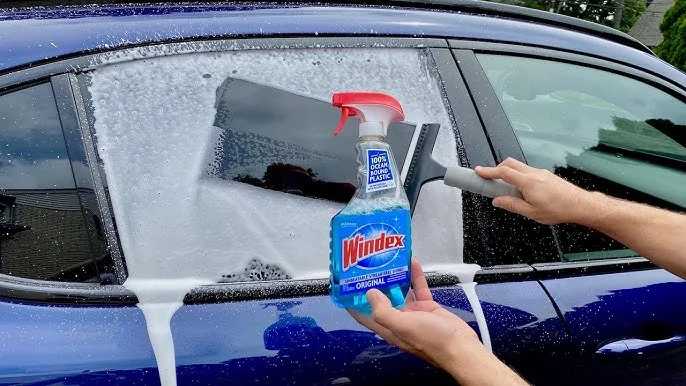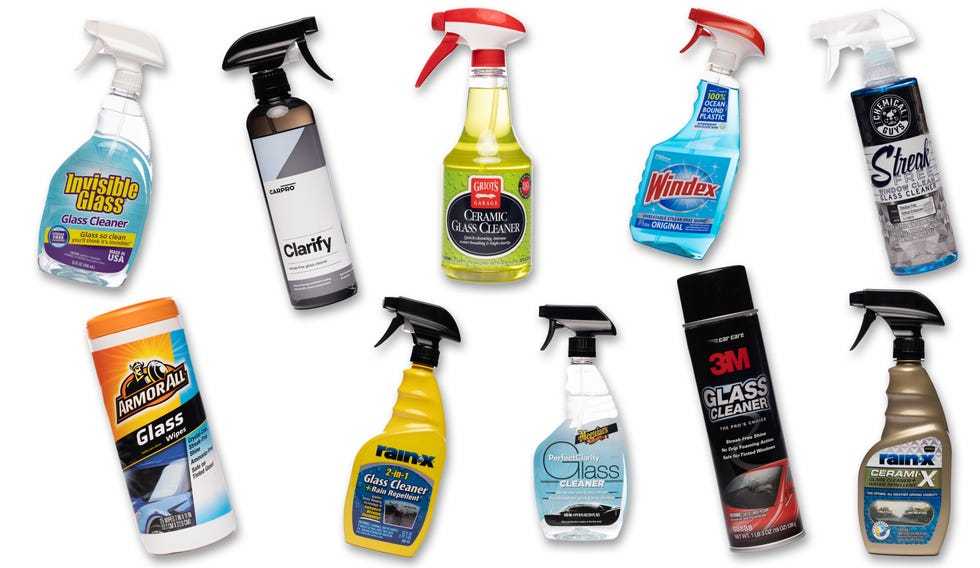To quickly check if your car has laminated glass, look for a plastic layer between the glass panes, usually visible around the edges or by tapping the window. You can also try to distinguish laminated glass by pressing on it gently or looking for a visible label or sticker indicating it’s laminated. Additionally, laminated glass tends to be thicker and more resistant to shattering.
Laminated glass is designed to hold together even when shattered, offering increased safety and security. If you’re unsure whether your car’s windows are laminated, a simple inspection at the edges or a gentle tap can usually reveal the answer without needing specialized tools. Knowing whether your car has laminated glass can be important for safety reasons and when considering repairs or replacements. Whether you own an older model or a newer vehicle, learning how to identify laminated glass can give you peace of mind and ensure your safety on the road.
How to Check If My Car Has Laminated Glass
Understanding Laminated Glass and Its Importance
Laminated glass is a type of safety glass that contains a layer of plastic between two sheets of glass. This design helps hold the glass together if it breaks, preventing shards from flying around. Many modern cars, especially those with windshields, use laminated glass to protect passengers and meet safety standards. Recognizing if your car features laminated glass ensures you know its safety features and maintenance needs.
Differences Between Laminated and Tempered Glass
Before checking your car, it helps to understand the difference between laminated and tempered glass. Laminated glass has a plastic layer that keeps the glass intact after breaking. Tempered glass, often used for side windows or rear windows, shatters into small, blunt pieces for safety. Knowing these distinctions makes it easier to identify the type of glass in your vehicle.
Methods to Identify Laminated Glass in Your Vehicle
There are several simple and effective ways to check if your car’s windshield is laminated. Let’s explore these methods step by step.
Visual Inspection from Inside the Car
Start by looking closely at your windshield from inside the vehicle. Laminated glass usually appears slightly thicker and more solid than other types. Check for any visible layers or differences in transparency. If you notice a slight tint or a sheet-like appearance, it’s a good sign your windshield is laminated.
Performing the Light Test
Use a flashlight or direct sunlight to examine the glass. Hold the light at a shallow angle against the windshield while inside the car. If there is a plastic interlayer, you might see a subtle reflection or a faint line separating different layers. Be patient and observe carefully for these signs.
Tap Test for Sound Difference
Gently tap on different areas of your windshield with your fingernail or a small object. Laminated glass tends to produce a duller, more muted sound compared to regular glass, which sounds clearer and more resonant. This test isn’t foolproof but can give additional clues.
Check the Sun Visor or Windshield Sticker
Some vehicles have a sticker or label indicating the type of glass used. Look for labels on the top corners of your windshield, especially the driver’s side. Laminated glass may be explicitly marked with terms like “laminated” or “safety glass.”
Using a Smartphone or Digital Tools
Modern technology offers additional ways to identify laminated glass. If your vehicle has a digital display or smartphone companion app, check the vehicle specifications or owner’s manual. Some apps provide detailed information about your car’s components, including the type of glass used.
Consulting the Vehicle Owner’s Manual
Most manuals specify the type of glass used in the vehicle’s windshields and windows. Look for sections related to safety features or glass specifications. If you can’t find clear information, contacting the manufacturer or a dealership can give you definitive answers.
Inspecting the Car Documentation and Labels
Your vehicle’s paperwork may include details about the glass type. Service records, safety certificates, or vehicle inspection reports could mention laminated or safety glass. Additionally, look for labels on the glass itself as specified earlier.
Contacting a Professional for Confirmation
If you are unsure after performing these tests, visiting a professional auto glass technician is the best choice. They have specialized tools and expertise to identify laminated glass quickly. They can also advise on repairs or replacements if necessary.
Related Topics for Further Understanding
Understanding your vehicle’s glass can lead you to other important safety topics. For example, learn about the benefits of laminated glass, how to maintain it, and when to replace it. These insights help ensure your car remains safe and roadworthy.
Additional Benefits of Laminated Glass
Laminated glass offers superior protection against UV rays, reduces noise, and provides better security against break-ins. Recognizing these benefits can encourage proper care and timely replacement when needed.
Maintenance Tips for Laminated Glass
Regular cleaning with gentle products maintains clarity and strength. Avoid abrasive materials that can scratch the surface. If any damage occurs, consult a professional immediately to prevent safety issues.
When to Replace Laminated Glass
Cracks or chips that impair visibility or structural integrity should be addressed promptly. Laminated glass is designed to last but can become compromised over time or due to accidents. Regular inspections help detect issues early.
Summary of Key Points
- Visual inspection helps identify layers and thickness.
- The light and tap tests offer additional clues about the glass type.
- Check for labels or stickers indicating laminated safety glass.
- Consult your vehicle manual or manufacturer for specifications.
- Professional assessment ensures accurate identification and safety.
Knowing whether your car has laminated glass allows you to understand its safety features better and plan appropriate maintenance. Using a combination of visual checks, simple tests, and professional help ensures you get accurate information. Staying informed about your vehicle’s glass type keeps you safer on every journey.
The OEM vs. Aftermarket Windshield Debate – Watch This Before You Replace! | Glass.com®
Frequently Asked Questions
How can I identify laminated glass on my car’s windows?
To identify laminated glass, check for a thin plastic interlayer between the glass layers. When you tap or press on the glass, it usually feels thicker and more flexible compared to standard tempered glass. Additionally, laminated glass often exhibits a slight wave or distortion when viewed from different angles, especially in sunlight.
What visual signs indicate that my car has laminated glass?
Look for a subtle yellowish or cloudy appearance along the edges of the window, which suggests the presence of the plastic interlayer. Also, laminated glass tends to remain intact when shattered, with small, pebble-like fragments rather than large shards, which you can observe if the glass is broken or damaged.
Is there a simple way to test my car’s glass at home?
Yes, perform a simple check by holding a strong light source, such as a flashlight, against the glass. Laminated glass often blocks some light transmission, creating a slight haze or darkening effect. You can also gently press your finger against the glass surface; if it feels slightly flexible or bends subtly, it might be laminated.
Can I identify laminated glass by feeling the glass surface?
Yes, laminated glass generally has a different tactile feel. When you press or run your finger over it, it feels a bit softer or more resilient due to the plastic layer inside. Standard tempered glass tends to be harder and less flexible to touch.
Are there any professional tests to confirm if my car uses laminated glass?
Professional testing involves examining the glass with specialized equipment that detects internal layers, such as using a UV light or a transmittance meter. A trained technician can also check for specific markings or labels often embedded in or around the glass indicating it is laminated.
Final Thoughts
To check if my car has laminated glass, examine the window for a thin plastic layer between the glass sheets. Use a flashlight to look for a laminate film, which may appear as a slight film or cloudy layer. Alternatively, press lightly on the glass; laminated glass tends to be less shatter-prone and might feel different from standard glass. Confirming this helps ensure safety and compliance with vehicle standards. In conclusion, how to check if my car has laminated glass is straightforward with these simple inspections.



